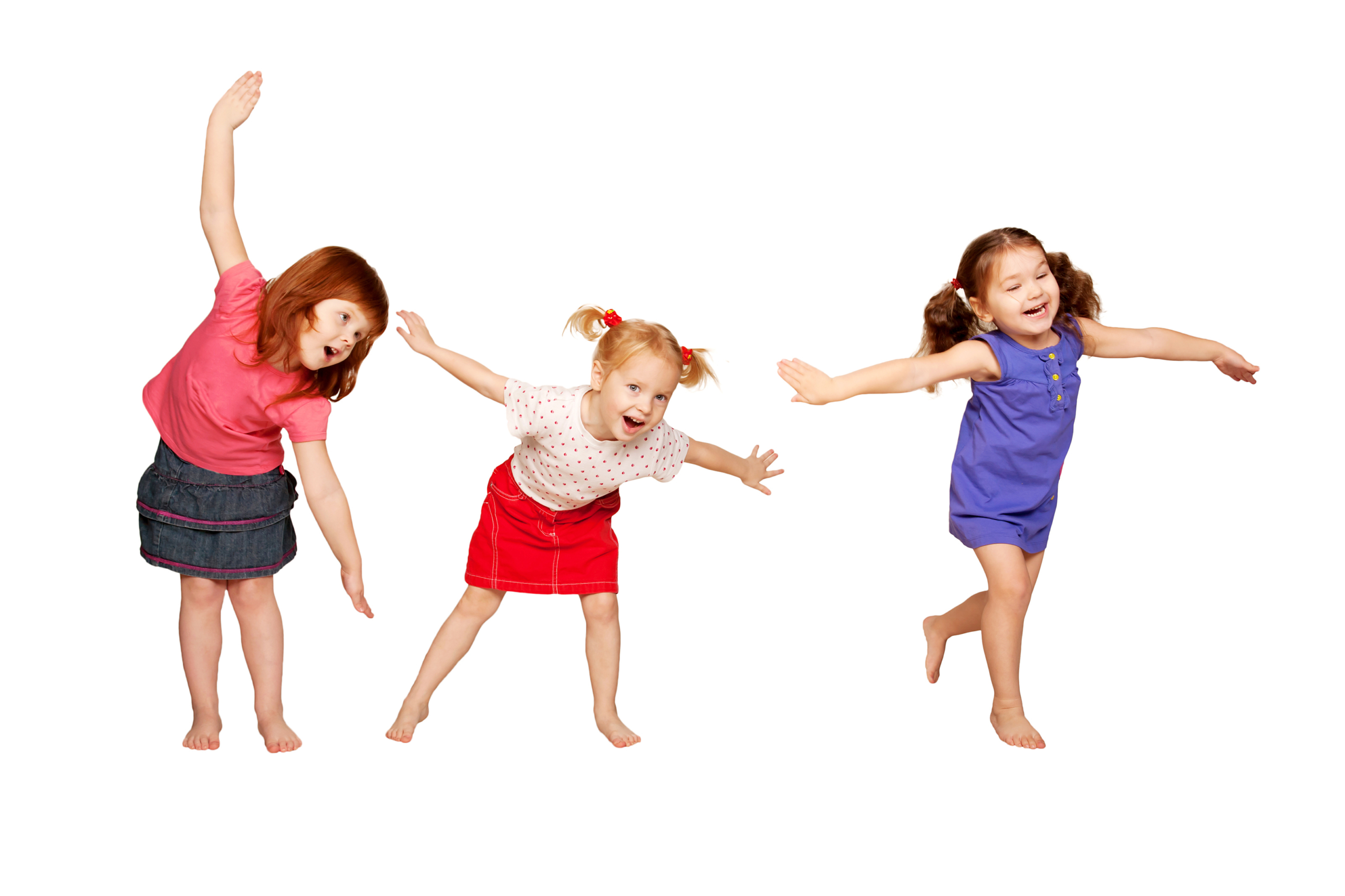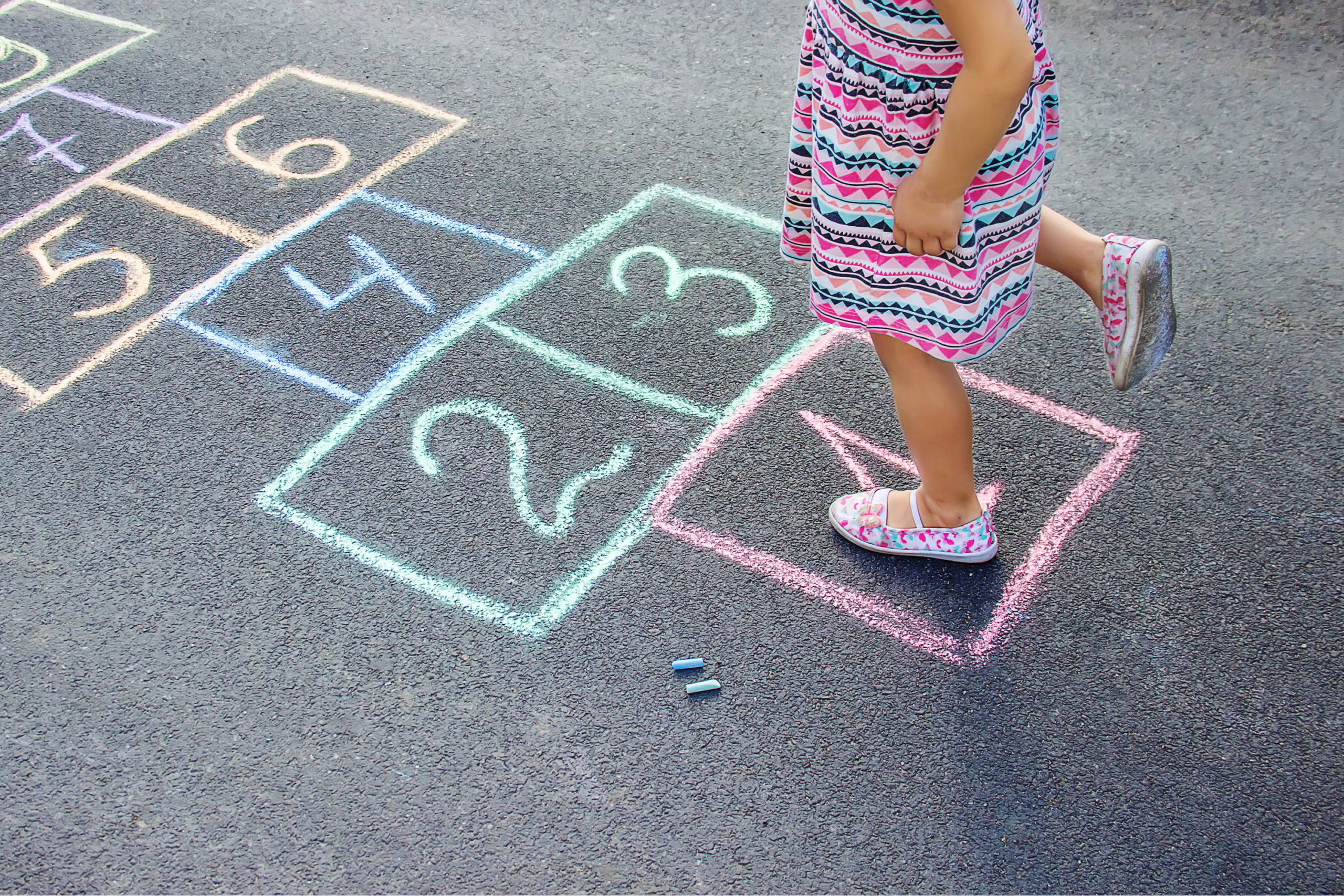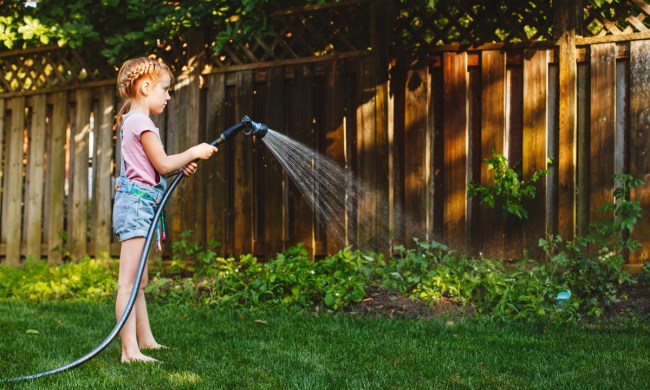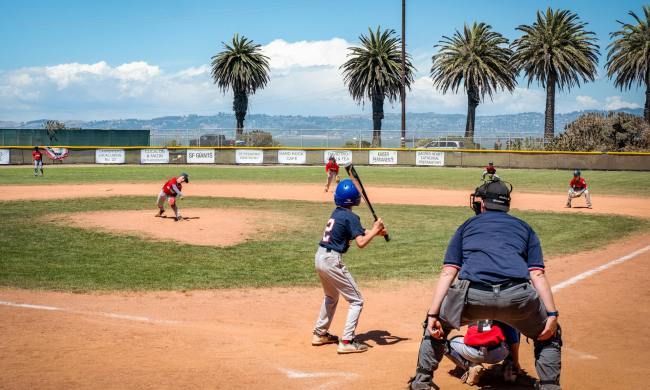As parents, it’s only natural to be concerned with developmental stages in your children. Generally, every child moves at their own pace, and you don’t need to stress yourself out. Even if your child is learning motor skills beyond the average age, it’s normally nothing to worry about. We’ll be discussing when it’s appropriate for your child to learn to jump and the various skills leading up to it. From running to skipping, your child will gain the necessary locomotor skills when the time is right for them!

Locomotor milestones
Let’s dive into the average ages toddlers begin to pick up new skills:
- Running: 17 – 24 months
- Jumping: 24 months
- Jumping on one foot: 4 years old
- Skipping: 5 years old
Running
When your young toddler first learns to walk, it’s a hilarious sight to watch them waddling around. Eventually, when they become more secure on their feet, they’ll begin to dabble in running. However, is it safe for toddlers to run? It’s important to note that it takes time for them to be comfortable and safe in this skill.
If your toddler is more than 2 years old and barely attempting to run, you may want to study your environment. Perhaps your toddler isn’t feeling safe in your home. Alternatively, your little one’s feet may point inward, causing them a bit more trouble gaining speed. However, if your child moves differently on one side of the body than the other and isn’t moving in typical walking patterns, then you may want to contact your doctor.
Jumping
Jumping is a difficult motor skill for most toddlers to practice — it takes a lot of strength! You’ll probably notice your little one bouncing or rising on their toes, as a bit of “practice.” Because it is more difficult to jump off a level surface, your toddler will first begin with jumping off of low surfaces. Think curbs and low steps — you may want to hold their hand!
Your child just may prefer to be more sedentary, but you can encourage jumping through games, such as leapfrog and other outdoor activities. Keep in mind, it’s definitely better to practice on padded ground, such as on grass or carpet. With fun activities and outdoor play, you should notice your child becoming more and more comfortable jumping with their two feet.
Hopping on one foot
All kids move at their own pace, so while it may vary when your child begins to practice balancing and hopping on one foot, by age 5 they should be able to easily hop on foot and switch between feet. This motor skill is a sign of balance and dynamic movement. Help your little one practice by balancing on one foot with them and continually challenging them to increase their number of hops. Balancing is difficult, so you can help them by having them hold out their arms or hold your hands.

Skipping
Your toddler will probably start out with skipping with only one foot in front of the other. As they practice this motor skill, by age 5 they should be able to easily skip, alternating from one foot to the other. Your little one should be able to skip forward, backward, or in a circle! Because your child is a bit older now, all of their jumping motor skills should have already developed before skipping. If they are struggling with skipping, you can help your toddlers practice with a gallop first, before working their way up.
When to be concerned
Every child moves differently and will learn their motor skills at their pace. While it is difficult not to worry, it’s generally best to step back and watch your child’s skills improve on their own time. However, you can monitor them — make sure both sides of their bodies operate evenly, that they engage in mature traffic patterns, and aren’t totally stagnant.
If you think anything is out of the ordinary, it never hurts to call your doctor. They may just tell you to keep an eye on your toddler for a certain length of time before bringing them in, or advise activities for you to engage with them. More sedentary children may just need a push in the right direction. Enroll your child in a sport or movement class and schedule more play dates — it may be all they need. Whether you need to turn to a physical therapist or your child is way ahead of schedule, it remains imperative to remember that your child will move through life just fine!


